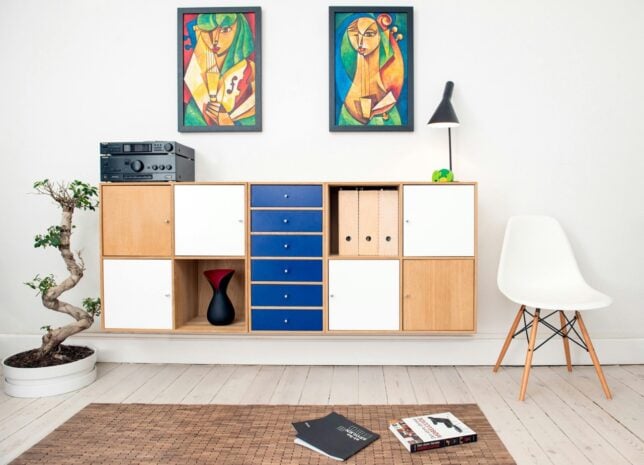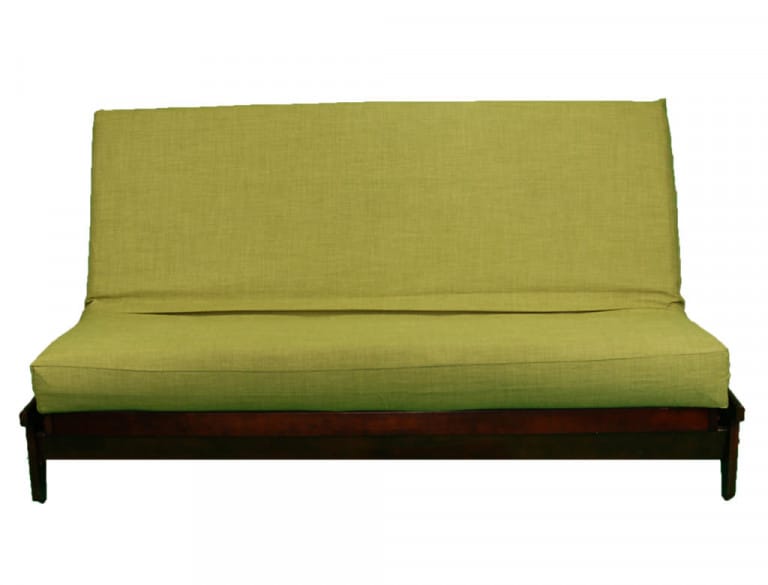Before You Head to IKEA: What You Need to Know About Furniture Shopping
IKEA has become a household name, synonymous with stylish and affordable furniture. Yet, before you embark on your next shopping trip to the Swedish giant, it’s crucial to understand the nuances of their offerings and what truly lies beneath their attractive price tags.

In the world of furniture, IKEA stands out for its sleek and modern designs at budget-friendly prices. For many, it’s a go-to destination for furnishing homes without breaking the bank. But while IKEA excels in offering contemporary aesthetics at accessible prices, there are important factors to consider before making a purchase.
One of the key aspects to note is the difference in design philosophy between IKEA and traditional American furniture stores. In contrast to the bulky, overstuffed offerings commonly found at national chains like Raymour & Flannigan or Bob’s Furniture, IKEA embraces minimalist and Scandinavian-inspired designs. This appeals particularly to younger consumers seeking a departure from the traditional styles they grew up with.
However, affordability often comes with compromises, especially in terms of quality and longevity. While IKEA furniture may boast modern aesthetics, the materials and construction may not always withstand the test of time. Many customers have reported issues with durability, particularly with items like sofas and beds.
Take, for instance, the IKEA sofa. While visually appealing and competitively priced, comfort and durability may be lacking. Customers often find themselves torn between the attractive price point and the discomfort experienced after prolonged use. Additionally, the option to customize with slipcovers may provide a temporary solution, but it doesn’t address underlying issues with sagging cushions or structural integrity.

Moreover, when it comes to sofa beds or futons, IKEA’s offerings may fall short in terms of functionality and quality. Take, for example, the PS Havet Sofa Bed. While it may appear modern and space-saving, closer inspection reveals potential drawbacks in both design and materials. The tubular steel frame, while lightweight and contemporary in appearance, may lack the durability of solid wood frames found in higher-end options.
Furthermore, the composition of the mattress, while seemingly comfortable, may not offer the longevity and support needed for regular use. Synthetic latex and foam may provide initial comfort but may lack the resilience and durability of natural materials over time.

In contrast, investing in a high-quality futon or sofa bed from reputable manufacturers like Strata Furniture may offer a more durable and comfortable alternative. With solid wood frames and premium mattress options, these pieces are designed to withstand daily use and provide lasting comfort.
Before succumbing to the allure of IKEA’s affordable prices and modern designs, it’s essential to weigh the pros and cons carefully. While IKEA undoubtedly offers attractive options for budget-conscious consumers, it’s essential to consider factors such as durability, comfort, and long-term value when making a purchase.
So, before you embark on your next furniture shopping spree, take a moment to evaluate your priorities and consider the alternatives. With careful consideration and informed decision-making, you can find living room furniture that not only fits your budget but also meets your needs for comfort and quality.






